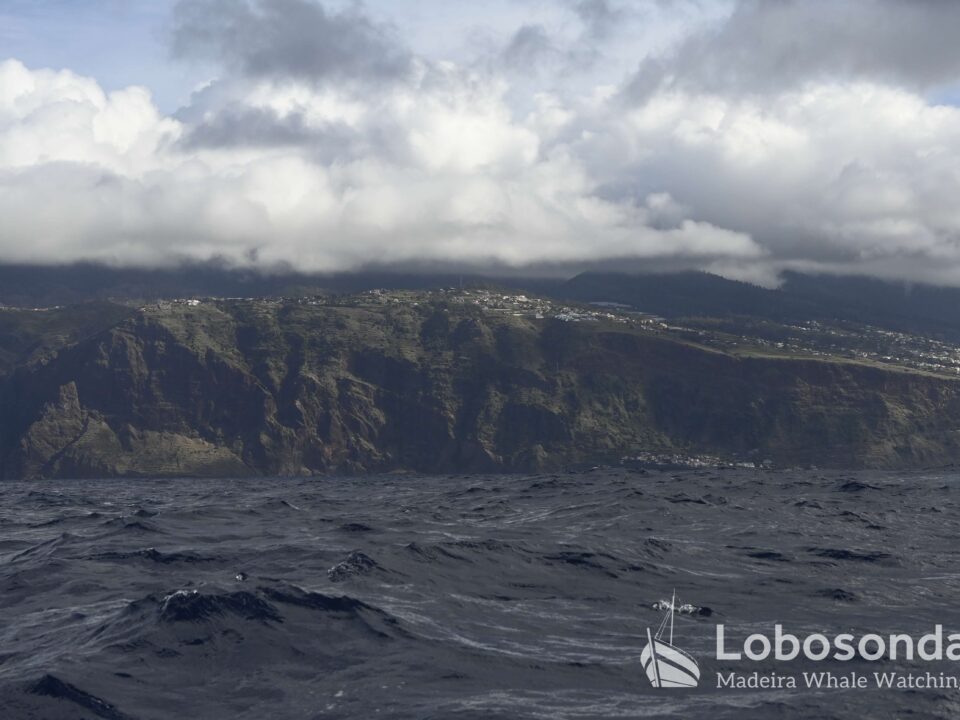
26.03.2018 – Another Perspective
April 9, 2018
28.03.2018 – Scattered and dispersed
April 13, 2018Amongst the many dolphins we sighted during todays morning tour aboard the Stenella, we were also able to encounter a baleen whale. The large animal surfaced a few times between a series of short shallow dives near our zodiac, inducing a chorus of clicks from all the cameras on board. The photos we make out at sea don’t only serve as beautiful memories of our trips but are also used as raw material for identifying individuals and different species. It can be quite challenging to identify baleen whale species on the field, due to the fact that many characteristic features may not be visible from the boat. Very often we are only able to establish the presence of such distinctive traits by closely analyzing the photos made during the tour back in the office. During the trip, the team was certain that it was definitely not a Bryde’s whale (Balaenoptera edeni), since only one rostral ridge was visible extending from the the animals blowhole without the other two lateral ridges that are typical for this species. On the other hand, the large size of the animal allowed the team to assume that it could also be a Fin whale (Balaenoptera physalus). Before returning to the blue office and double checking the material with the team, I made the assumption that the animal must have been a Sei whale (Balaenoptera borealis) and explained this to our guests.
Despite such occasional difficulties, a Baleen whale sighting is always a rewarding experience. In contrast to the members of the toothed whale family (Odontoceti), the rorquals (Balaenopteridae) filter-feed using their baleen plates, comb-like chitin structures that align the whales jaws and vary in number according to species. During feeding, the whales speed up, open their mouths very wide to swallow the enormous amounts of water containing their prey. The ventral pleats extending from the tip of their lower jaw towards their naval facilitate this behavior by allowing the throat to expand and the water is then pressed back out through the baleen plates. The intended prey, either zooplankton or schooling fish, remains hinged on the plates, licked off and digested.
In a nutshell, a trained eye and a good camera are essential in identifying individual baleen whale species successfully during a tour. We also sighted a school of Common dolphins (Delphinus delphis) and a pod of hunting Bottlenose dolphins (Tursiops truncatus) this morning and encountered the same species on both vessels during the afternoon tours. The baleen whale, however, was nowhere to be seen. I suppose the waters around Madeira are vast and deep enough for such a large animal to disappear.
by Paula Thake
Sightings of the day
Stenella
10:00 Bottlenose dolphins, Common dolphins, Sei whale (?)
15:00 Bottlenose dolphins, Common dolphins
Ribeira Brava
14:30 Bottlenose dolphins, Common dolphins, Loggerhead turtle



















